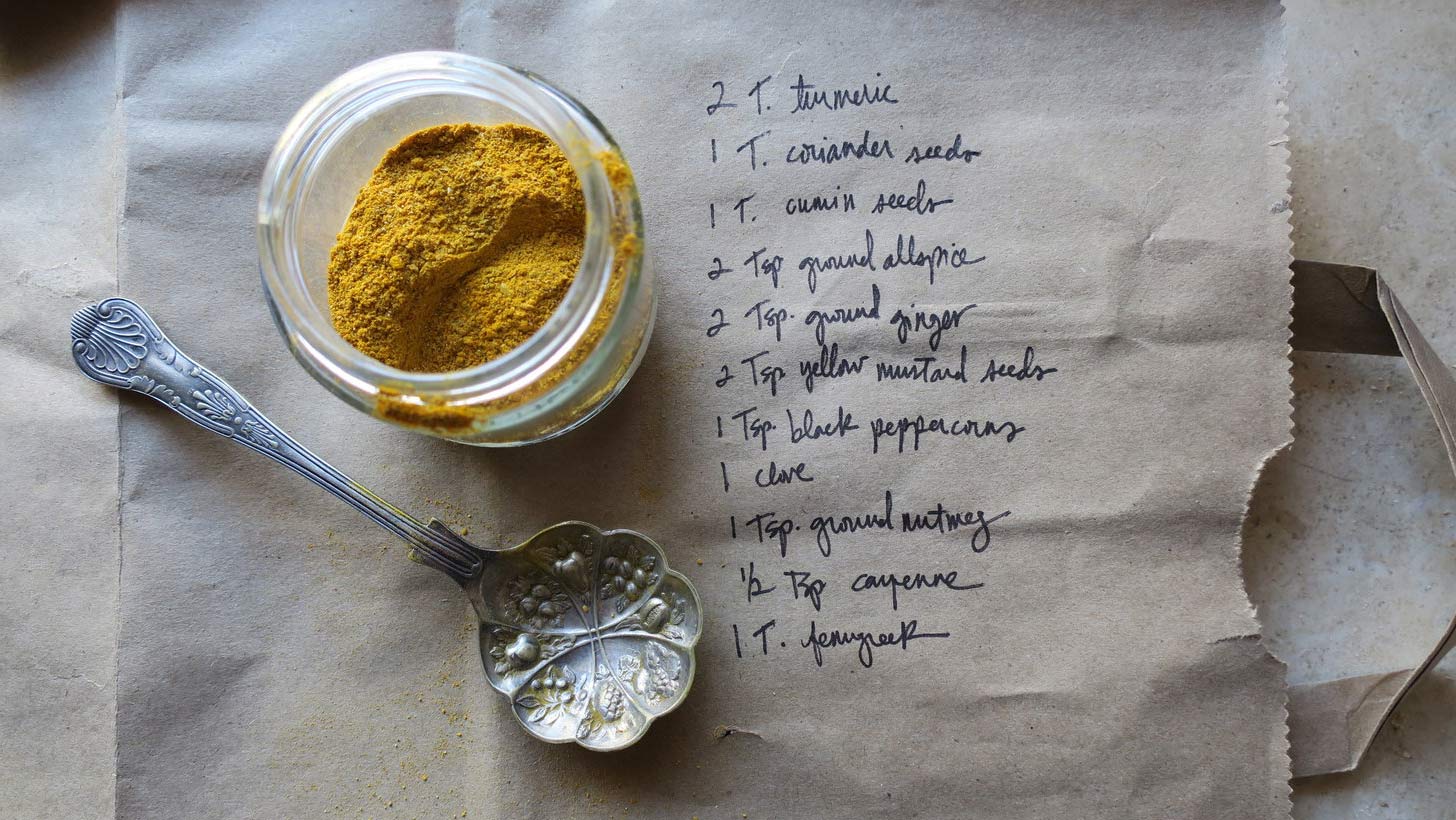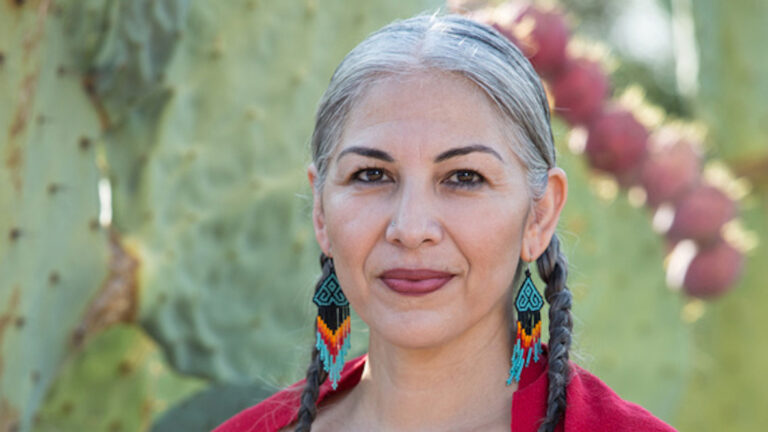Food Interview: Felicia Cocotzin Ruiz, The Kitchen Curandera
Ruiz Talks Healing Communities With Food


Felicia Cocotzin Ruiz in Phoenix
Nicky Hedayatzadeh

Latest Article|September 3, 2020|Free
::Making Grown Men Cry Since 1992


Felicia Cocotzin Ruiz in Phoenix
Nicky Hedayatzadeh

